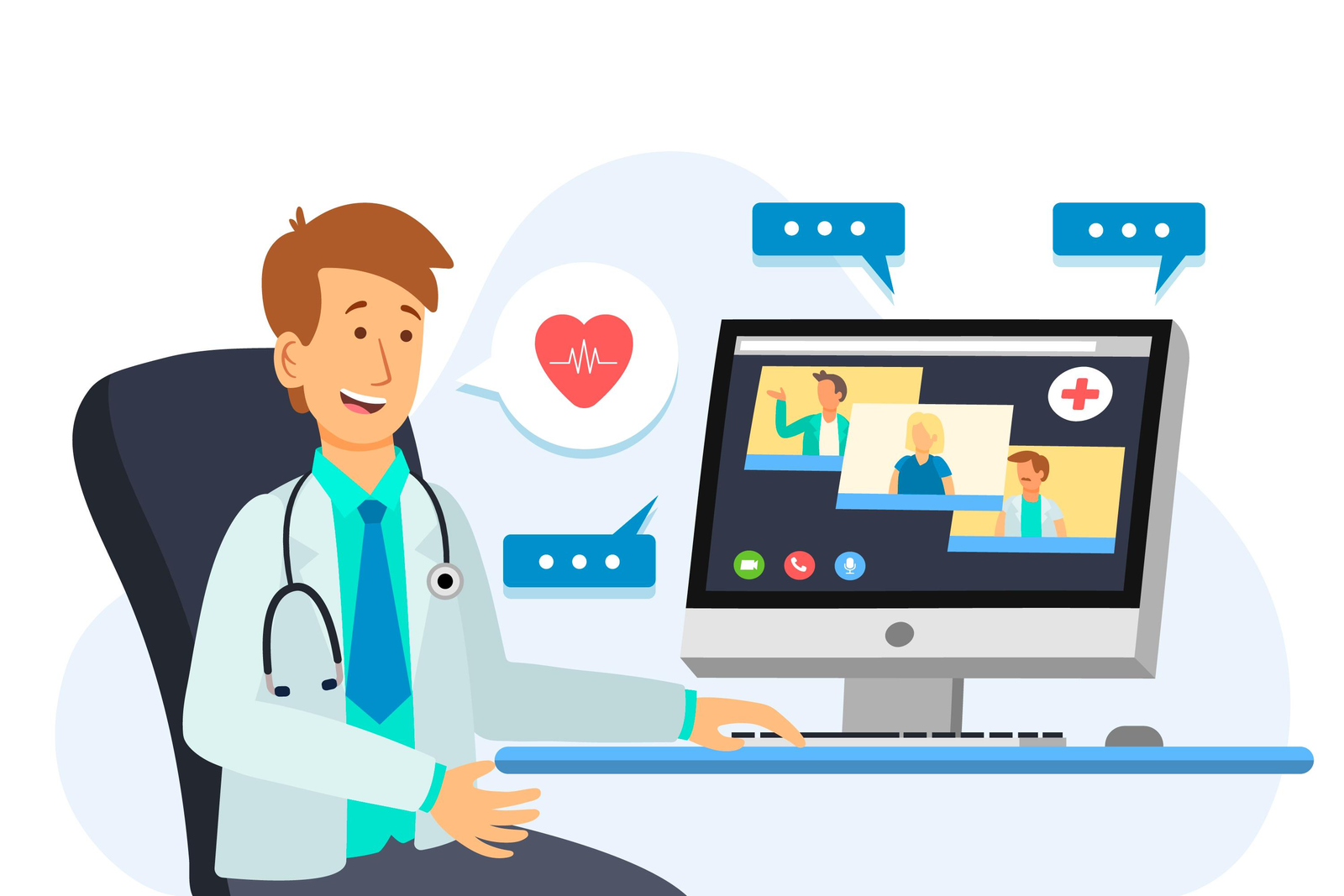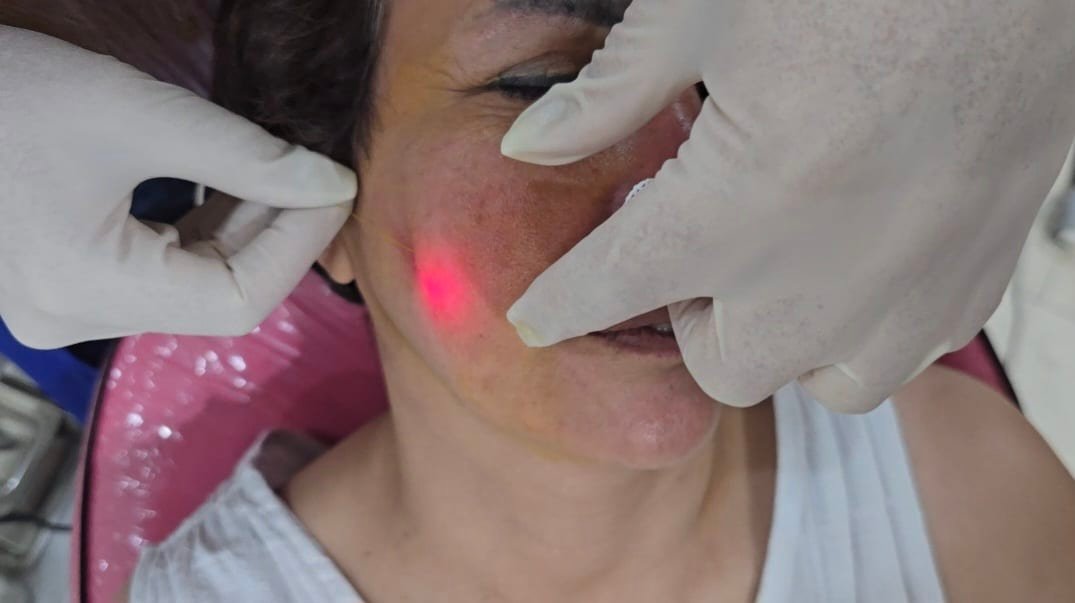Technology is changing how patients receive care—and virtual medical assistants are at the center of this change. These digital tools help doctors, nurses, and clinics manage work efficiently while offering better care from a distance. In fact, a healthcare virtual assistant is now seen as a must-have in clinics and hospitals that want to serve patients remotely and reduce in-office pressure.
The Rise of Remote Care in Modern Healthcare
Remote care, also known as telehealth, allows patients to speak to doctors without leaving their homes. It became popular during the pandemic, but now it’s here to stay. Virtual medical assistants help organize and improve this process.
What Is a Virtual Medical Assistant?
A virtual medical assistant is a software-based or remote human helper that supports healthcare providers with tasks like scheduling, patient reminders, data entry, and more. This allows the medical team to focus on patient care while the assistant handles the background work.
Making Patient Interaction Easier and Faster
One of the best parts of virtual medical assistants is that they help patients book appointments quickly. No need to wait on hold for long periods. With automation and chat features, these assistants offer 24/7 support, answering questions even outside clinic hours.
Helping Doctors Stay Organized
Virtual assistants can manage calendars, patient records, and follow-up reminders. This keeps things running smoothly in busy clinics and ensures nothing gets missed. Doctors have more time to care for patients instead of doing paperwork.
Reducing the Workload for Staff
When basic tasks are handled by a virtual assistant, in-house staff can focus on high-priority jobs. This improves morale and reduces burnout. Nurses and office workers no longer have to juggle phones, emails, and forms all at once.
Accuracy in Medical Data Entry
Virtual medical assistants can reduce errors in patient files. By using AI or trained remote workers, medical data is recorded correctly the first time. This helps prevent future issues and makes communication between teams more reliable.
Supporting Remote Monitoring of Patients
Many virtual assistants are now linked to apps or smart devices that monitor a patient’s health in real time. Whether it’s tracking blood pressure or reminding someone to take medicine, this added layer of care boosts safety for patients staying at home.
Boosting Patient Satisfaction
When people feel heard, cared for, and not rushed, their trust in healthcare grows. Virtual assistants ensure that patients don’t have to wait long for answers. Timely follow-ups and quick responses make them feel valued.
Enhancing Communication Between Teams
Doctors, nurses, and other staff need to share updates quickly and clearly. Virtual assistants can send summaries, transfer files, and organize messages so that every team member stays on the same page.
Handling Medical Receptionist Responsibilities Remotely
An important part of clinic management is now being handled from a distance. Tasks such as answering calls, booking appointments, checking insurance details, and managing patient intake are some of the medical receptionist responsibilities now done by virtual medical assistants. This saves time, money, and space in healthcare offices.
Safe and Secure Patient Information
Data security is a top concern. Most virtual assistants are built with strong encryption and privacy rules, protecting patient data from unauthorized access. They follow HIPAA guidelines to ensure trust between providers and patients.
Saving Time and Lowering Costs
Virtual medical assistants reduce the need for physical space and extra full-time staff. Clinics save on resources while still offering top-quality care. Patients save time too—no travel, no waiting rooms, no paperwork delays.
Adapting to the Needs of All Ages
From young adults to seniors, virtual medical assistants are being used across age groups. Their interfaces are simple and easy to understand. Some even use voice control, making them friendly for those who don’t type much.
Supporting Mental Health and Wellness Services
Telehealth is not just for physical checkups. Virtual assistants also support mental health clinics by managing appointments and sending reminders for therapy sessions. This increases access to much-needed mental health care.
Expanding Services to Rural and Underserved Areas
Virtual assistants make it possible to deliver healthcare services to areas without easy access to clinics. They break down the barriers of distance and transport, bringing expert care to people who would otherwise go untreated.
Real-Time Feedback and Surveys
After each virtual visit, assistants can collect feedback from patients. This helps clinics improve their service quality. When patients see that their opinions matter, they’re more likely to return for future care.
Improving Health Outcomes with Regular Follow-ups
Virtual assistants can send regular follow-ups and health tips to patients. This supports long-term care plans and helps patients stick to their treatment routines. Better follow-up equals better results.
Training and Learning for Medical Students
Medical students are also benefiting from virtual assistant systems. They can see how tasks are managed digitally and understand modern healthcare systems better. This prepares them for real-life work in future clinics.
Keeping Clinics Running 24/7
Virtual assistants never sleep. Whether it’s early morning or midnight, they can continue to answer patient questions, book visits, or give advice. This 24-hour service is a big advantage for both doctors and patients.
Personalized Patient Experiences
AI-powered virtual assistants can remember a patient’s history, likes, and needs. This makes every visit feel more personal. Patients don’t have to repeat themselves over and over again, which makes care smoother and more human.
A Step Toward Smarter Healthcare
In the bigger picture, virtual medical assistants are part of a movement toward smart, AI-powered healthcare systems. They learn over time, becoming better at meeting both patient and provider needs.
Conclusion
The future of healthcare is fast, digital, and patient-centered. Virtual medical assistants help providers deliver care remotely without losing the human touch. They make healthcare easier, safer, and more accessible for everyone. With tools like a healthcare virtual assistant, the future of medicine is not only smarter—it’s kinder too.
















Leave a Reply